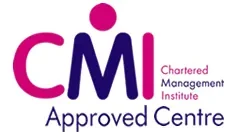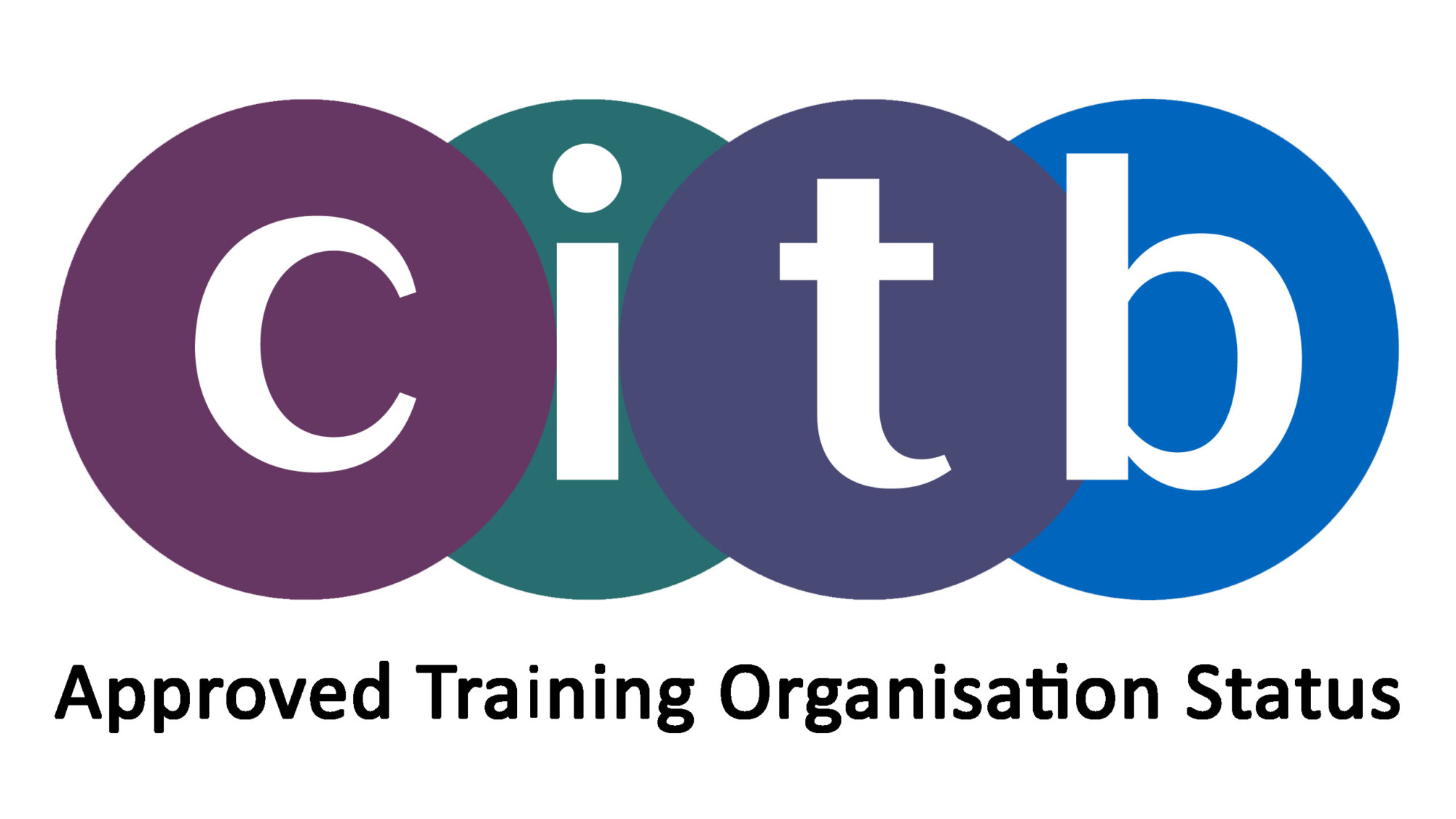How to Improve Leadership Effectiveness – and the Hidden Cost of Ignoring It
Why is leadership effectiveness so important for your business as you move into 2026?
You may remember a 2023 study from the Chartered Management Institute (CMI), which CEO Ann Franke said was “a wake-up call for a low-growth, low-productivity, and badly managed Britain to take management and leadership seriously.”
The situation hasn’t improved! But ineffective leadership means you’re paying a hidden tax across your business.
Staff turnover, disengagement, and lost productivity is unsustainable and underlines the need for you to be bold in making a business case for, and investing in, leadership development.
Not any training, but training that transforms your leaders long term and grows your business.
Why? Because (and you may not have realised this) over three-quarters of managers and leaders are “accidentally” in post. This means they’ve had no formal training or development in effective leadership strategies.
That’s bad news in an economic helter-skelter.
So, we’ll focus this article on best practice as you consider how to improve the situation.
In our experience at Keystone, what matters most is that leadership training is grounded in behavioural impact – what leaders say and do every day, rather than what they’re like or the theory they hold to. It quite simply works.
And we’ll show you how to measure, improve, and sustain those results so leadership training becomes a valuable return on your investment.
But first, what’s at stake?
The Hidden Cost of Poor Leadership
Every organisation pays for poor leadership.
Have you noticed a slight disengagement or quiet quitting in your teams? More turnover? Or perhaps lower trust scores and a subtle slowdown in decision-making?
According to the CMI, ineffective management costs the UK economy billions each year in lost productivity. The reason is simple: when leaders struggle to lead well, their teams spend more time reacting than performing.
Energy is wasted on confusion and frustration instead of progress. And because behaviour spreads, one ineffective manager rarely stays an isolated problem in your business.
The Ripple Effect of One Weak Manager
Imagine a capable employee reporting to a manager who avoids feedback or fails to recognise effort. Over time, that employee’s motivation fades. The rest of the team feels it too.
Soon, performance dips, top performers move on, and the culture subtly shifts from proactive to defensive, even toxic.
Multiply that pattern like a virus across all your departments, and the cost becomes impossible to ignore.
At Keystone, we find that the “ripple effect” of one weak manager or ineffective leader can damage engagement levels far beyond their direct reports.
So addressing leadership behaviour early is a financial safeguard worth installing.
What Is Effective Leadership? Behaviour in Context
Effective leadership is the everyday behaviour that influences how people feel, think and act at work.
Leaders who communicate clearly, listen actively and set fair expectations consistently outperform those who rely on authority or instinct.
But behaviour doesn’t exist in isolation! You’ll have experienced how systems – culture, structure, and incentives – shape what leaders prioritise. Even strong leaders can fail if the environment rewards the wrong signals.
So when we talk about leadership effectiveness in our trainings, we’re looking at – and working with – both the person and the system around them.
Behavioural data from 360 feedback, engagement surveys, and observation of how people actually interact is a credible way to measure effectiveness.
Companies we work with are looking for a genuine behaviour shift that can be evaluated like this over time, as a permanent change in the business.
That means onboarding leadership behaviours that drive:
- genuine engagement
- physical and psychological safety
- improved performance
- cultural change and more
…and tracking how consistently and sustainably they show up. They know that leadership development that lasts will raise their return on investment (ROI).
So how do you improve leadership in this way?

How to Improve Leadership Effectiveness in Practice
Traditional leadership courses often inspire good intentions but fade from memory within weeks.
The difference with our approach lies in how we design the learning. Which means focusing on transformative training rather than classroom learning.
Our programmes create space for leaders to test new behaviours in real scenarios – to experience what works, not just hear about it. Behavioural science principles like practice, reflection, feedback, and micro-actions make learning transferable to everyday work.
This is high-impact learning in action. The new behaviour becomes natural after practising small shifts in a safe space (related to your business reality), getting feedback, suggesting improvements, and repeating them daily in the work environment.
Daily? Yes. Each leader takes back into their workplace the skills and tools to sustain the change. They then become a catalyst for wider cultural improvement – the exact opposite of the ripple effect that weak management creates.
Measuring What Matters — The ROI of Leadership Development
You probably want proof that effective leadership development of this kind pays off. It does – when measured in the right way.
Quantitative data will show improved retention, fewer absences and better engagement scores.
But qualitative feedback is important too. It shows the story of what your investment achieved: people working under your leaders now feel heard, valued, and supported to perform.
Together, this is the behavioural data you can’t ignore and which builds your business revenue.
We encourage our clients to look at both. Numbers reveal performance; stories reveal culture. Both demonstrate that effective leadership delivers measurable ROI.
The Long-Term Payoff of Effective Leadership
When leadership effectiveness improves, gains are cumulative, not transient. Everything begins to align.
Teams feel more free to take initiative, communication strengthens and collaboration feels easier. Safety and wellbeing metrics follow.
And there’s a warning in that too. Many organisations have already learned – at cost – that not all leadership programmes deliver change. Some invest heavily in prestige providers or in cheaper, quick-fix options that promise transformation but don’t tackle behaviour. Generic training simply doesn’t provide a return on investment.
However, at Keystone, our belief isn’t that effective leadership development needs to be grand. It just needs to be grounded in behaviour, systems and sustained support.
Keystone Partners With You to Improve Leadership Effectiveness
If you’re ready to see measurable change in how your leaders lead, Keystone can help.
Our programmes combine behavioural insight with practical design – geared to your unique needs to create lasting impact.
Together with you, we arrange a programme to develop your leaders and teams via the kind of learning that stays with them long term and brings ROI.
Keystone has worked with businesses in many verticals. Call us today about your leadership training needs and let’s talk.
Esther Patrick is a Client Accounts Director at Keystone and a member of the Senior Leadership Team. An experienced consultant and management author, she has nearly 20 years’ experience leading client partnerships across sectors from construction to healthcare and designing leadership, culture, and team development programmes aligned with their strategic goals and values. Esther is passionate about creative, human-centred learning.



